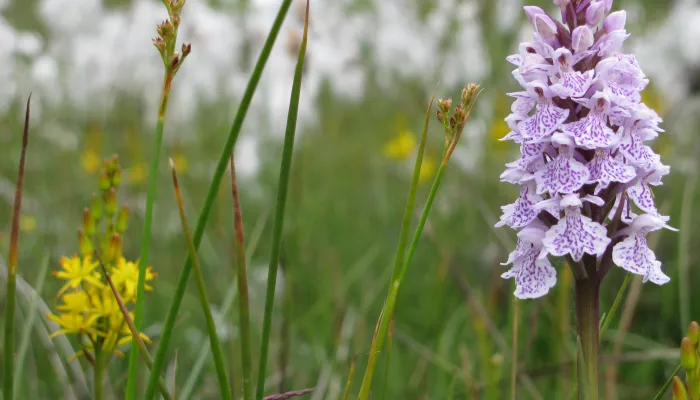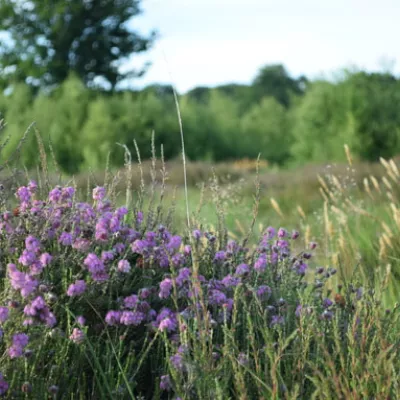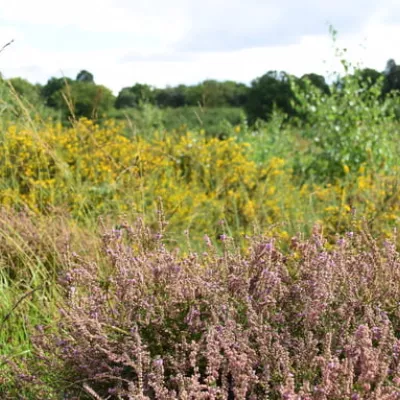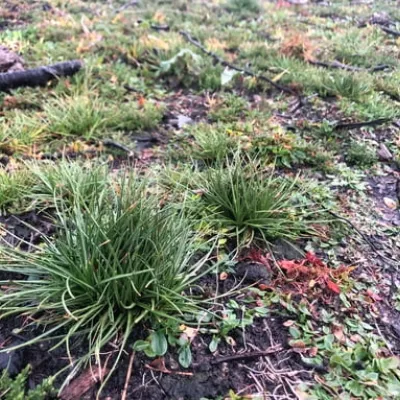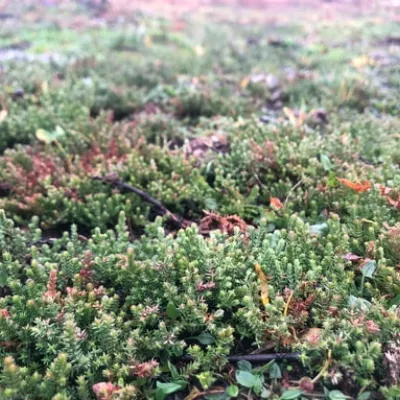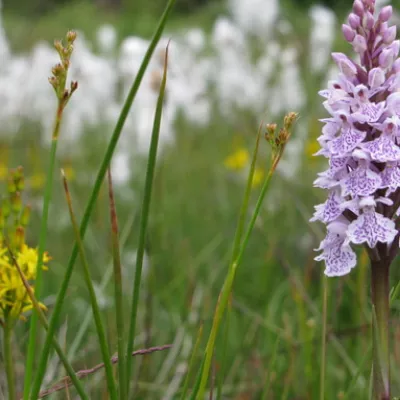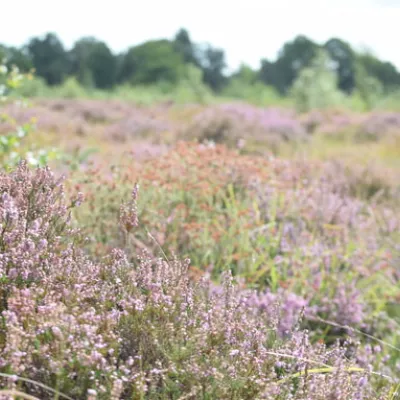It can be difficult to watch a landscape you frequently visit go through dramatic changes but I hope you can understand that at Hothfield Heathlands, the work here is vital to restoring and maintaining one of the rarest habitats we have. The work done this winter will keep this all important carbon sink alive and provide more space for peatland species to thrive. Muddy areas have been created but alternative routes are available for walkers and as always, we ask our visitors to keep their dogs under control at all times.
If you’d like to join us as we continue to maintain these peatlands for years to come, you can apply to be a Hothfield Heathlands volunteer on our website.


